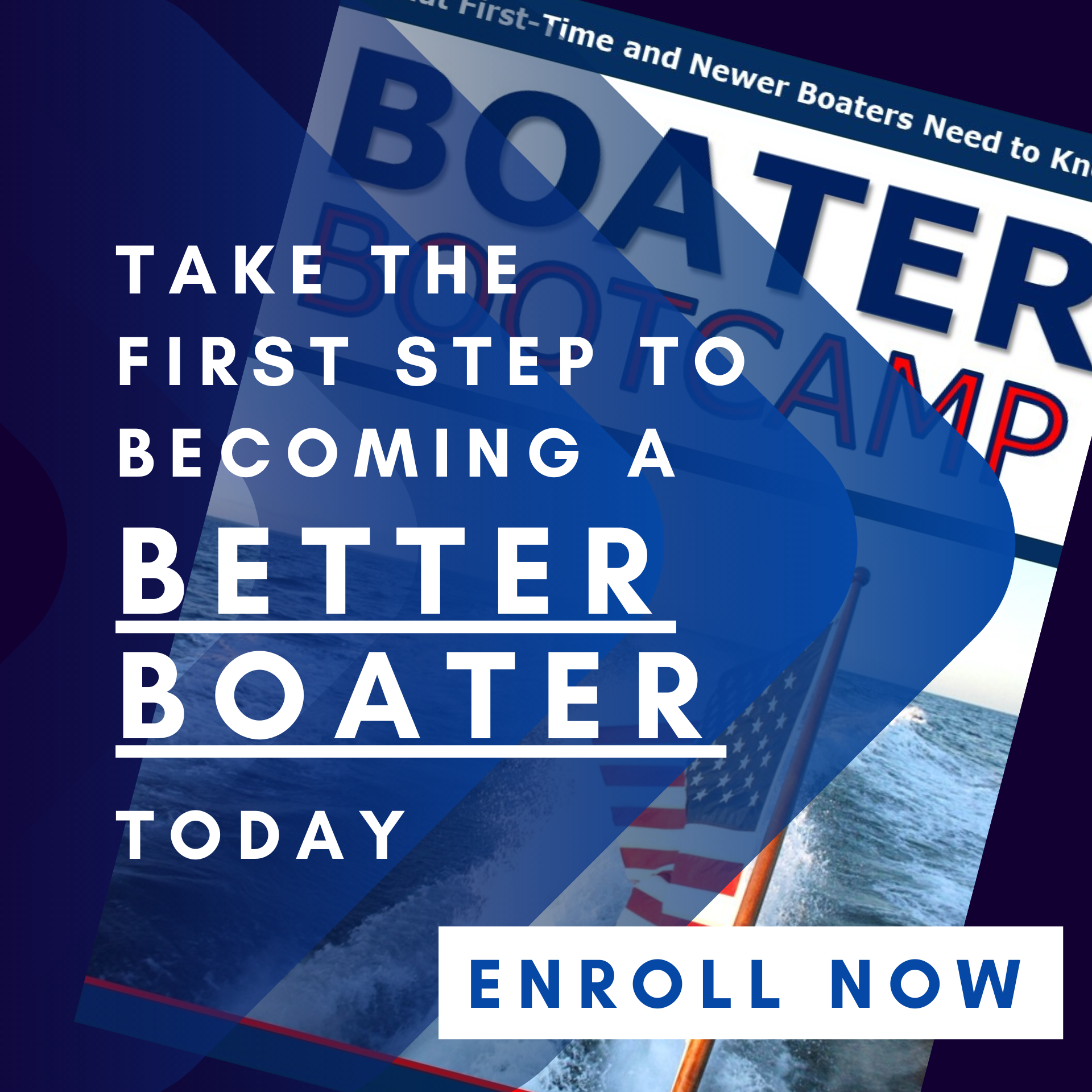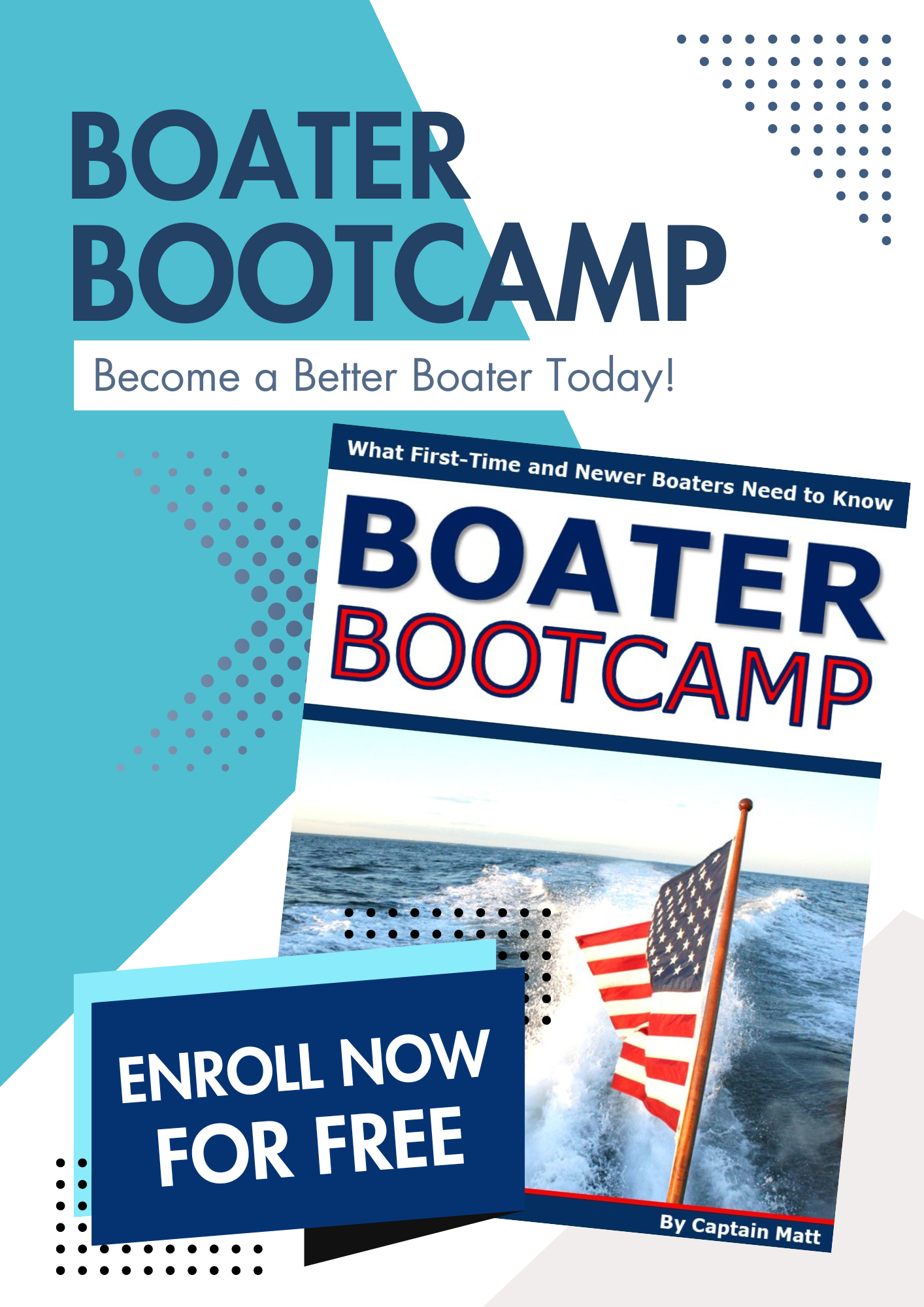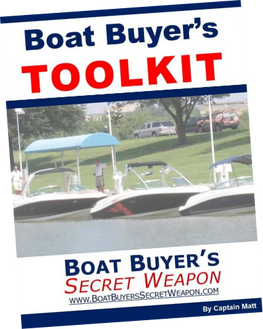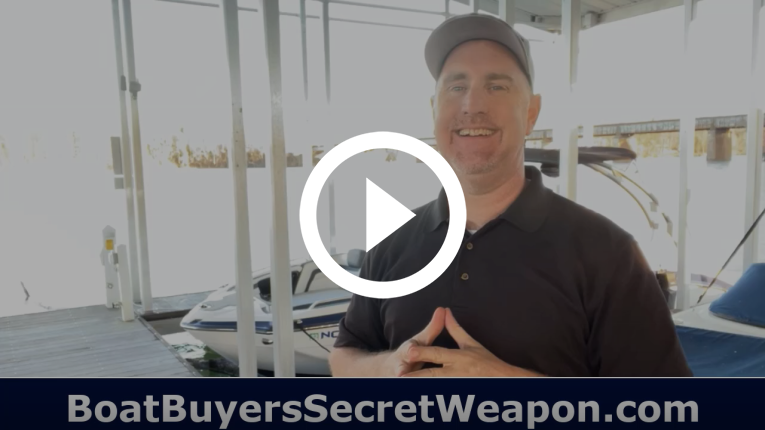Here is a step-by-step guide to driving your pontoon for the first time.
Remember, driving a pontoon is easy but doing it safely without stress,
frustration and swearing is a little more involved. Let’s start with the step-by-
step guide to driving a pontoon.
- Before heading out to drive your boat, ensure you have all the required safety equipment and enough fuel for your trip.
- Start the boat in the water (if you have and inboard or stern drive, be sure to run the blower for 4-5 minutes to remove any dangerous gas fumes).
- If you’re on a federal waterway, be sure to connect your engine cutoff switch
- Release the lines from the dock or slip with the pontoon running. Consider how you’ll depart based on the wind and currents and release the lines in the order that makes departure easiest and safest.
- Adjust the wheel and throttle to depart (often times departing in reverse can be the best approach) using short, controlled inputs, in gear and back to neutral, in gear and back to neutral watching for obstructions and other boaters.
- Once clear of the dock or pier, put the throttle in forward idle gear, following the navigation markers and no wake buoys
- Advance throttle to an appropriate speed for the conditions, your pontoon size and your skill level
- Adjust the engine trim to smooth out the ride and improve your fuel economy
- When you’re ready to slow down, ease the throttle back slowly to the neutral position
Now that you know how to drive your pontoon, you may want so insight on how
to Dock Your Pontoon.
In addition to driving your pontoon, you may have a few other questions. It’s
why I created the free Boater Bootcamp at www.BoaterBootcamp.com
How to Dock a Pontoon in a Slip
When pulling your pontoon into a U-shaped slip, follow these basic steps.
- 1. Prepare your dock lines and fenders as needed for the situation prior to making your approach
- As you are making your approach, consider how the wind, current and waves will impact your pontoon as you pull into the slip watching for wind shadows and breaks in the wave action
- Make your approach to the slip and pivot the pontoon so the bow is pointing toward the slip going at the slowest speed possible while still having control of your pontoon
- As you approach the slip, go in gear to steer and out of gear to keep your speed down as you put the pontoon in the slip adjusting for those environmental impacts
- Use reverse to stop your momentum with the drive in a straight position to avoid unwanted side-to-side motion
- Secure the pontoon to the dock with the dock lines and adjust the fenders as necessary
Although docking your pontoon is only a small portion of your time on the water,
it is the most difficult and often can ruin an otherwise perfect day of boating.
That’s why we created the Best Pontoon Captain program at
www.BestPontoonCaptain.com which includes a Docking Mastery section
How to Dock a Pontoon on a Side Dock
- Prepare your dock lines and fenders as needed for the situation prior to making the approach
- Consider how the wind, current and waves will impact your pontoon as you near the dock watching for wind shadows and breaks in the wave action
- Make your approach to the dock at about a 45-degree angle
- When you’re about a boat length or so, turn the pontoon more parallel to the dock aiming toward the spot you’d like to tie up
- Once at your spot, turn the wheel towards the dock and put the throttle in reverse to slow your momentum and pull the back of the pontoon in towards the dock
- Secure the pontoon to the dock with your dock lines and adjust the fenders as needed
How to Dock a Pontoon By Yourself
When docking your pontoon by yourself, you’ll need to be prepared prior to
making your approach. Having the dock lines and fenders positioned for easy
and unobstructed access to the dock cleats.
Once you have your dock lines and fenders on the pontoon for your specific
docking situation, the next steps are the same as docking with a crew as
outlined in these articles.
Once you are safely at the dock, grab your dock lines to secure the pontoon as
quickly as possible. Remember, the elements may be moving the pontoon away
from the dock, so attach at least one line to secure the pontoon.
Then, with a hand on the pontoon, attach the second dock line to tie the pontoon
up properly.
How Do You Back a Pontoon into a Dock?
Backing your pontoon into a slip is one of the more challenging skills you need
as a boater. It’s not easy, but with the right practice and training, even a newer
boater can make it look easy to those watching from the docks.
- Prepare your dock lines and fenders as needed for the situation
- As you are making your approach, consider how the wind, current and waves will impact your pontoon as you back into the slip watching for wind shadows and breaks in the wave action
- Make your approach to the slip and pivot the pontoon so the stern (back of the pontoon) is pointing toward the slip
- As you approach the slip, go in gear to steer and out of gear to keep your speed down as you back the pontoon in the slip
- Use forward in gear to stop your momentum and straighten out the pontoon if necessary
- Secure the pontoon to the dock with fenders out
We go into full detail with multiple camera angles in our Best Pontoon Captain,
Docking Mastery section.
How to Back Your Pontoon into a Dock with Twin-Engines
Backing your pontoon into a slip with twin engines is actually easier than pulling
into a slip forward because the pontoon steers from the stern.
Having a solid understanding of how your pontoon maneuvers is key to backing
into a slip with ease.
- Prepare your dock lines and fenders as needed for the situation
- As you are making your approach, consider how the wind, current and waves will impact your pontoon as you back into the slip watching for wind shadows and breaks in the wave action
- Make your approach to the slip and pivot the pontoon so the stern (back of the pontoon) is pointing toward the slip by using a combination of forward and reverse gears with each of the throttle controls as needed.
- As you approach the slip, go in gear with one engine at a time (forward or reverse) without using the steering wheel and keep your speed down as you back the pontoon in the slip
- On some larger pontoons, it may be necessary to use the piling or corner of the dock (if it won’t cause damage to the pontoon) as a pivot point to rotate the pontoon into the slip.
- Use forward in gear to stop your momentum and straighten out the pontoon if necessary
- Secure the pontoon to the dock with your dock lines and adjust the fenders as needed
We go into full detail with multiple camera angles in our Best Boat Captain,
Docking Mastery section.
What is the most important factor to consider when
docking your pontoon?
The most important factor to consider when docking your pontoon is the
elemental impacts on the pontoon, like wind, current and waves. It is always
good practice to take note of these conditions prior to making your approach to
the dock.
In the Best Pontoon Captain program, I teach the importance of reading the
water, looking at flags, noticing wind shadows and seeing how your pontoon
reacts in real-time to your conditions.
In addition to the elements, adjusting your approach accordingly is important.
Going into the most impactful element will make your docking experience easier.
So, if the current pushes your pontoon more than the wind, try to go into the
current if that’s a safe approach.
This technique will allow your pontoon to slow down while maintaining directional
control.
A good rule is to not go any faster than you want to hit the dock but still have
total control of your pontoon.
We cover this and much, much more in the Best Pontoon Captain Program.
How to Tie Your Pontoon Up at the Dock
When tying your pontoon up to a dock, it’s important to have the right size
and length of the dock line.
Typically, a minimum of two or three lines are necessary and four to six if
tying up in a slip.
Put the loop end thru the cleat on the pontoon and do a cleat hitch on the
cleat at the dock
Tie the lines off with a little slack in the line so the pontoon can bounce with
the waves but tight enough so the pontoon does not hit the slip. If you are
hitting, you may need to add a line or adjust your lines.
If you are tying up in an area with tides or changes in water levels on a fixed
dock or piling, be sure to use longer dock lines to account for the fluctuation
in water levels.
Adding a spring line can often be helpful to keep your pontoon positioned in
a way that will keep it safe and secure.
We detail how to tie up your pontoon in a slip or a side dock in our
www.BestPontoonCaptain.com program.
Some People Wonder, Why is Docking a Pontoon So Hard?
Docking a pontoon is hard for most people because the pontoon is being
impacted by elements such as wind, currents, waves and even the pontoon’s
momentum.
It also steers from the stern of the boat which causes many new boaters
stress, frustration and sometimes embarrassment.
Consider a car with 4 tires stuck firmly to the ground and when you push the
gas or turn the wheels, you know exactly what to expect.
In a pontoon, it’s bobbing up and down in the water and is never completely
still, even in calm conditions.
To help, we’ve created this how-to-dock your pontoon resources just for you.
How to Drive Your Pontoon in Waves
When running your pontoon in rough water and big wave, you can do a few
things to make it easier on yourself, your passengers and your pontoon.
The first thing is to stay on top of the waves. There are a few techniques to
do this. Keep your speed down to match the frequency and size of the
waves. This is more of an art than science and may take small throttle
adjustments as the conditions change.
Often, hitting the waves at about a 45-degree angle can make the ride
easier and more comfortable versus hitting them at a 90-degree angle.
You can also adjust the angle of your engine trim to allow for a smoother
more comfortable cruise.
If heading in the same direction as larger seas, you may want to adjust your
speed to ride the back of a wave. Be certain to maintain enough speed to
stay on the back without having the next wave come over the transom. This
will take small throttle adjustments to match the conditions over time.
Rough water is one thing however keep an eye on the weather, wind and
thunder because rough water can go to dangerous water very quickly and
you want to be tied up safe and secure at the docks before the conditions hit
dangerous levels.
Do You Steer Your Pontoon Like a Car?
Yes, you do steer your pontoon like a car. However, the pontoon reacts very
differently than a car which is important to understand. Let me explain.
First, a car steers from the front and the back wheels follow. A pontoon
steers from the rear and the pontoon pivots.
Also, the car has 4 wheels on solid ground so the movement is the exact
same every time. However, a pontoon bounces in the water and can be
impacted by wind, waves and currents.
It’s the combination of these factors and how the pontoon actually reacts
that I start the Best Pontoon Captain program with my trademark 9 Building
Blocks and use those as you progress to Docking Mastery to avoid future
docking stress. Find out more at www.BestPontoonCaptain.com
Is Driving a Pontoon Hard?
Driving a pontoon is pretty easy if you understand how they steer and how
the wind, current, and waves impact it.
On the other hand, if you have never driven a pontoon before and want to
learn it by trial and error after watching a few YouTube videos, you’ll likely
make some expensive mistakes that will damage your pontoon, your pride
and make your boating experience more stressful, frustrating and possibly
more embarrassing than it should be.
Because there are so many little nuances based on the type of pontoon, type
of propulsion system, where you pontoon, the types of docks and many
more, it’s important to get the most specific training you can find for your
specific situation.
Its one reason we create programs for single-engine outboards, single-
engine stern drives, pontoons and tri-toons and twin-engine boats.
As well as companion trainings; Confident Coastal Boaters, Trailer Like a Pro
and Tow Watersports with Confidence. These trainings includes several
hours of detailed trainings with multiple camera angles on lakes, rivers,
bays, and open oceans that puts the skills in new boaters’ hands to ensure
safe and stress-free time on the water.
Check out our Guaranteed Best Pontoon Captain program to avoid the stress
and damage caused by learning by trial and error and be a docking master
and have total control of your pontoon.
If you are new to boating, you will also have questions about your pontoons
systems, boat maintenance and rules of boating which is exactly why I
created the FREE Boater Bootcamp. www.BoaterBootcamp.com
















